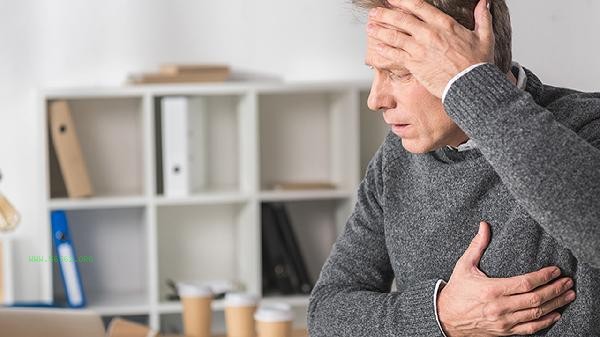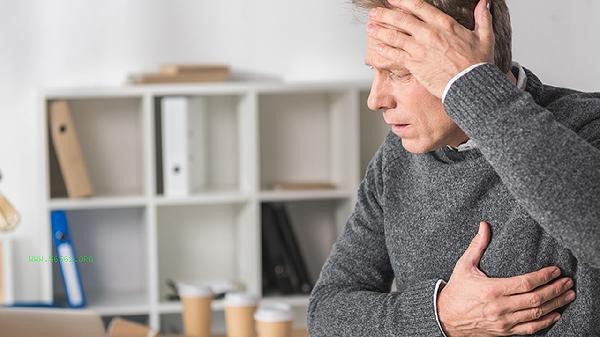Growth hormone therapy, under strict monitoring by doctors, usually does not cause significant harm to children's bodies, but there are certain risks associated with its use. Growth hormone is mainly used to treat diseases such as growth hormone deficiency and idiopathic short stature, and should be used in a standardized manner after professional evaluation. The safety of growth hormone therapy is based on strict indication and dosage control. Regular medical institutions will assess the physical condition of children through multiple dimensions such as bone age detection and insulin like growth factor level measurement, and start treatment after excluding contraindications such as tumor and diabetes. During the treatment period, thyroid function, blood glucose, scoliosis and other indicators should be rechecked every 3-6 months, and the plan should be adjusted in a timely manner. Under standardized treatment, most children can achieve an improvement in growth rate of 8-12 centimeters per year, and stopping medication before epiphyseal closure will not affect their final height. A small number of pediatric patients may experience temporary adverse reactions such as joint pain and edema, which are related to excessive dosage or individual sensitivity. In extremely rare cases, complications such as insulin resistance and femoral head slippage may occur, and immediate medical attention is required. The use of growth hormone obtained through informal channels or self increasing doses may cause irreversible damage such as limb hypertrophy and visceral hypertrophy.
It is recommended that parents choose a regular hospital's pediatric endocrinology department for systematic evaluation, and regularly monitor growth curves and biochemical indicators during treatment. Ensuring that children consume an appropriate amount of high-quality protein and calcium daily, combined with vertical exercises such as skipping rope and basketball, can help improve treatment effectiveness. Avoid blindly pursuing height and abusing hormones, as continued use after epiphyseal closure may increase health risks.








Comments (0)
Leave a Comment
No comments yet
Be the first to share your thoughts!